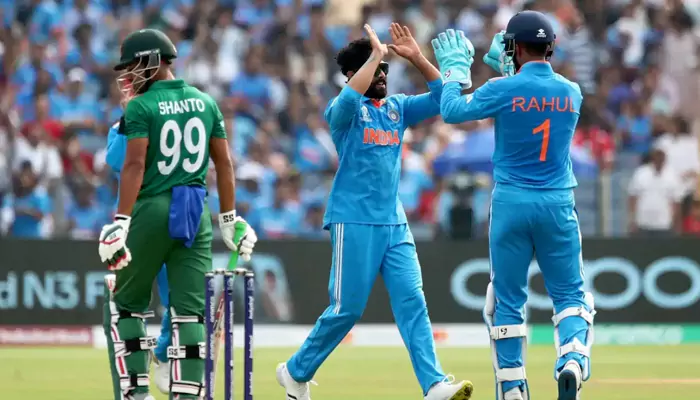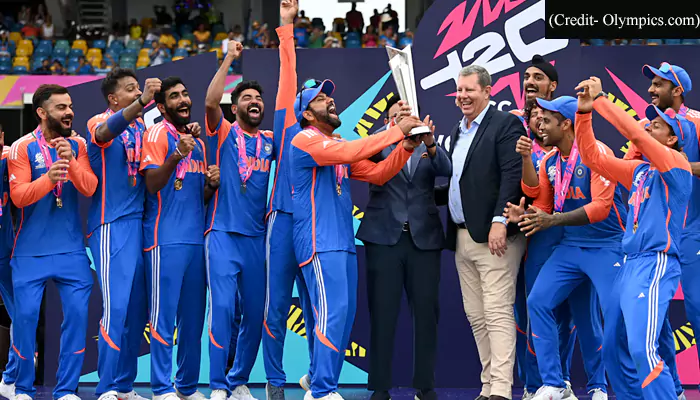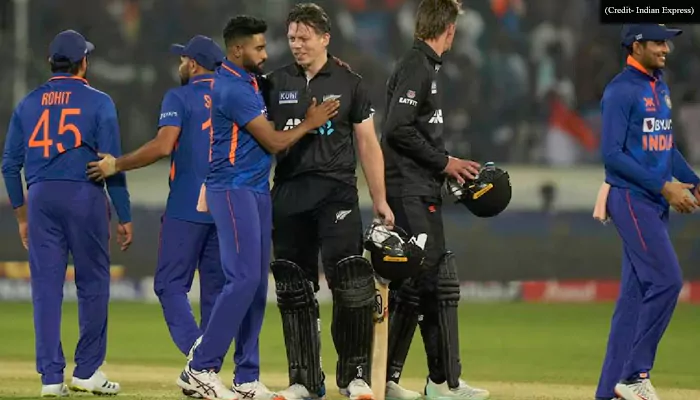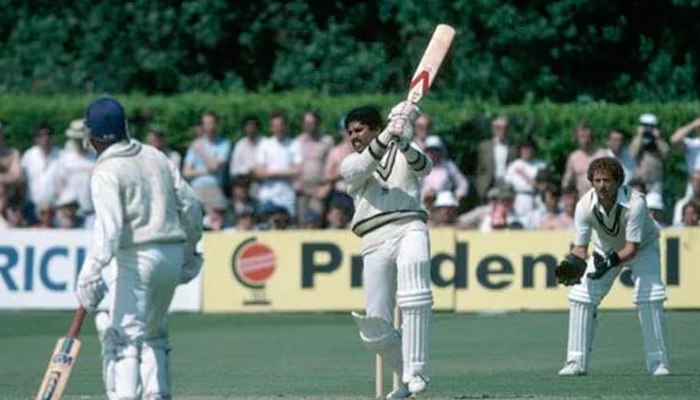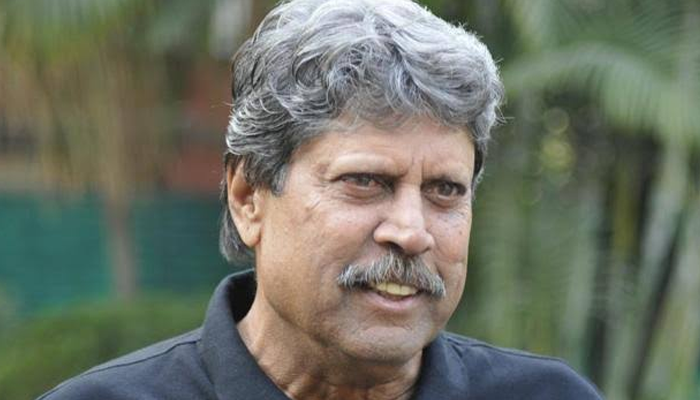
Nishida and Oe's story serves as a poignant reminder that sportsmanship and friendship can build legends that go well beyond the games in a culture too often obsessed with victory and individual glory
The Olympics held in Berlin in 1936 was filled with many remarkable moments and one of them was in the men’s pole vault competition. Two Japanese athletes, Shuhei Nishida and Sueo Oe are remembered not only for their performance on the track but for the great act of sportsmanship they displayed.
A historic tie
On 5 August, the men's pole vault competition took place as part of the 1936 games' track and field events schedule. Thirty competitors competed in the games overall, with a maximum of three participants from each nation. American Earle Meadows became victorious in the event, continuing the nation's streak of winning the gold medal 10 times in a succession. However, the picture that stuck around was created by the tie for second place.
The three-way tie
Three guys, American Bill Sefton and two Japanese, Shuhei Nishida and Sueo Oe, tied for second place after clearing 4. 25 meters. In those days, it was standard procedure under the rules to settle such disputes with a jump-off. Sefton finished the tournament in fourth place after failing to clear the height barrier during the 4.15-meter jump-off, which resulted in his disqualification. But Nishida and Oe managed to clear the height, which kept them tied for second place.
Refusing the tiebreaker
Two Japanese jumpers made a smart choice that shocked a lot of people by choosing not to continue with the jump-off. They declined to continue their rivalry with one another.
It was then up to the Japanese officials to decide who should take home the silver and the bronze. Ultimately, the silver medal went to Nishida, who had passed all four challenges and would have cleared 25 meters on his first try, while Oe, who cleared 25 meters but required two tries, had to settle for the bronze.
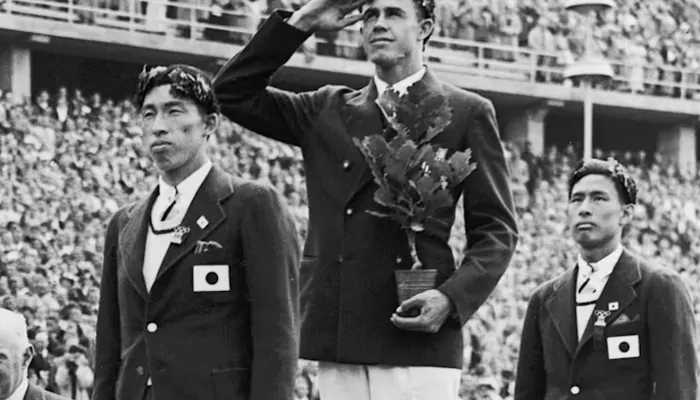
The silver medal went to Nishida and the bronze went to Oe // Picture Courtesy – Paris 2024 Olympics
Establishing the medals of friendship
When Nishida and Oe got back to Japan, the two made up their mind to celebrate the special relationship they had in a special manner. They took the medals, divided them with a saw and soldered them at the middle.
The end of the two was half silver and half bronze, symbolising their friendship and the experience they went through. These medals were called “The Medals of Friendship” as they said that sport rivalry should not affect their relation.
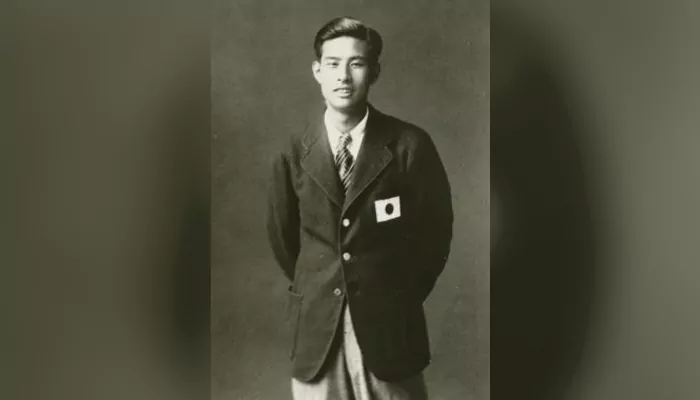
Sueo Oe along with Shuhei Nishida makes an magnificent example of bonding // Picture Courtesy – Wikimedia
Shuhei Nishida and Sueo Oe: The heritage
The true meaning of the Olympics is shown by the inspirational story of Shuhei Nishida and Sueo Oe. Despite just winning silver at the 1932 Olympics in Los Angeles, Nishida had already made history as the first person to win multiple medals in pole vaulting. His legacy was further enhanced by his successes in Berlin.
The United States' hegemony in winning numerous medals in all pole-vaulting events before 1936 was likewise ended by the men's pole-vaulting event at this Olympics. A unique aspect of the competition was the participation of athletes from several nations, including Yugoslavia, Chile, Mexico, Peru, South Africa, and Chile, demonstrated the sport's growing global appeal.
The story of Sueo Oe and Shuhei Nishida is not just about sports. Their choice to cut their medals and craft something original reveals a great deal about their personalities.





